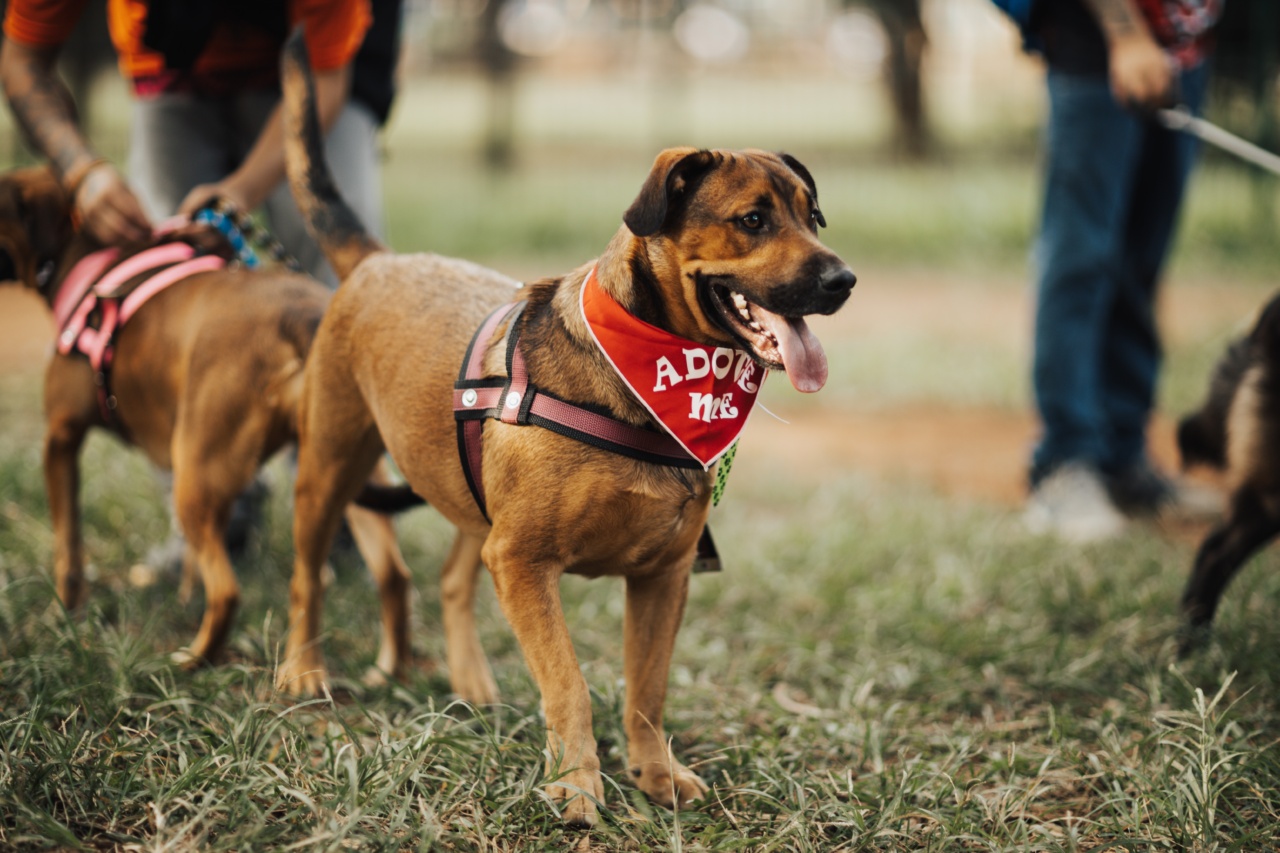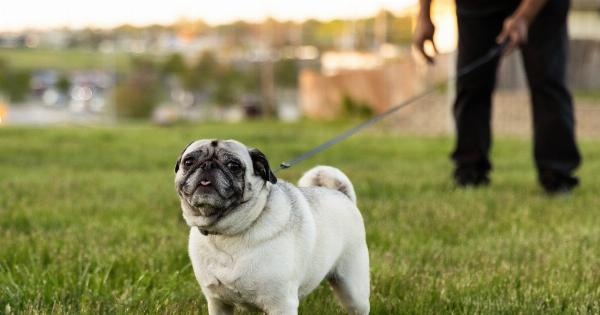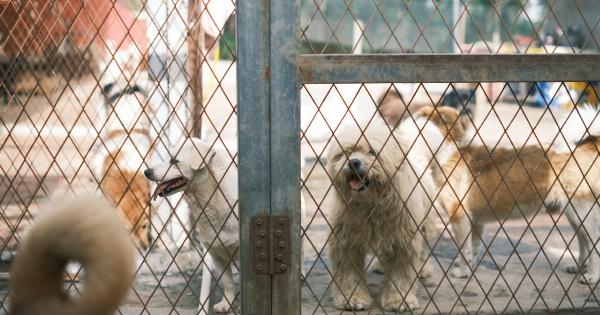When it comes to meeting other dogs while out on a walk, the experience can be both exciting and nerve-wracking for both the dogs and their owners.
Proper leash etiquette and understanding your dog’s behavior can go a long way in ensuring a safe and positive interaction. In this article, we will provide you with some valuable tips to help you navigate these encounters with confidence.
1. Be aware of your dog’s body language
Dogs often communicate through body language, and it is essential to be able to read your dog’s signals to determine if they are comfortable in any given situation.
Signs of stress or anxiety may include a tucked tail, cowering, growling, or baring teeth. If your dog displays any of these signs, it is best to avoid any close encounters with other dogs to prevent potential conflicts or aggression.
2. Give your dog space
Just like humans, dogs have personal boundaries. When you spot another dog approaching, it’s crucial to give them enough space to feel comfortable. Cross the street, step aside, or move to a safer distance if necessary.
This not only helps prevent unnecessary tension or confrontations but also respects the personal space of both dogs involved.
3. Ask permission before approaching
Some dogs may have a history of fear, aggression, or anxiety, making them uncomfortable or reactive when approached by other dogs. Before allowing your dog to approach another on a leash, ask the other owner if it is safe to do so.
Respecting these boundaries and taking precautions can help create a positive experience for both dogs.
4. Keep the leash loose
Tension in the leash can heighten your dog’s anxiety or frustration, which may lead to reactive behavior. Aim to keep the leash relaxed and loose to allow your dog some freedom of movement.
A tight leash can create a sense of confinement for your dog, potentially causing them to feel trapped or threatened.
5. Use positive reinforcement
Positive reinforcement is a powerful tool when it comes to training your dog and promoting good behavior. If your dog remains calm and composed during a meeting with another leashed dog, reward them with treats, praise, or a gentle pat on the head.
By associating positive experiences and rewards with these encounters, you are fostering a sense of calmness and confidence in your dog.
6. Stay calm and relaxed
Your energy can directly influence your dog’s behavior during an encounter with another dog. Dogs are highly perceptive and can pick up on your stress or anxiety, which may amplify their own emotions.
Therefore, it is essential to remain calm, composed, and relaxed, as it will help your dog feel more at ease as well.
7. Avoid face-to-face greetings
Many dogs find face-to-face meetings intimidating or confrontational, especially when both dogs are on leashes.
Instead, opt for parallel walks or allow the dogs to sniff each other’s rear ends, which is the natural way dogs greet and get to know each other. This method promotes a more comfortable and less confrontational introduction.
8. Be prepared to intervene
As attentive pet owners, we should always be prepared to intervene when necessary. If you notice signs of tension, aggression, or discomfort in either dog, quickly and calmly remove them from the situation.
Be mindful not to pull or yank on the leash, as this can escalate the situation. Instead, try redirecting your dog’s attention by using a commanding, yet gentle, voice.
9. Socialize your dog
Socialization plays a crucial role in your dog’s behavior and their ability to interact confidently with others. Expose your dog to various people, dogs, and environments from an early age, gradually increasing the difficulty level as they grow.
Through positive experiences and interactions, your dog will develop good social skills, making future encounters with leashed dogs much smoother.
10. Consider professional training
If you find that your dog consistently displays reactive or aggressive behavior towards other dogs while on a leash, seeking the assistance of a professional dog trainer or behaviorist may be beneficial.
They can provide you with specialized training techniques and help you address any underlying behavioral issues your dog may have.


























